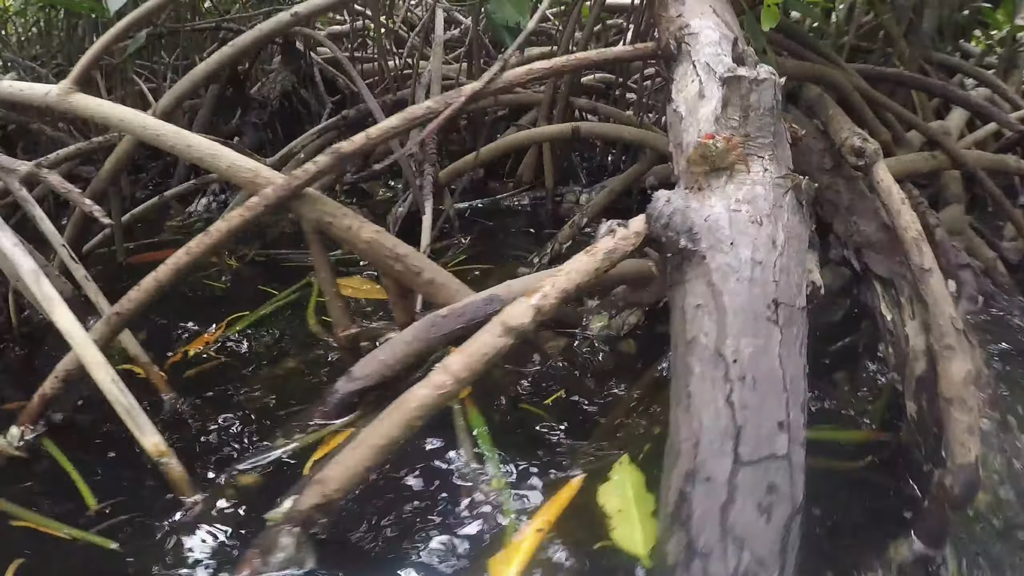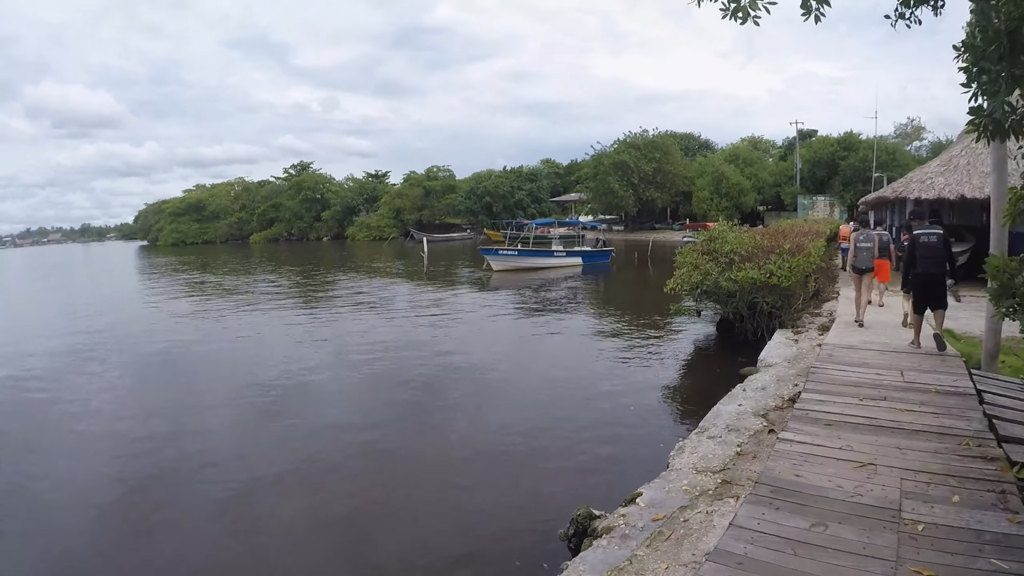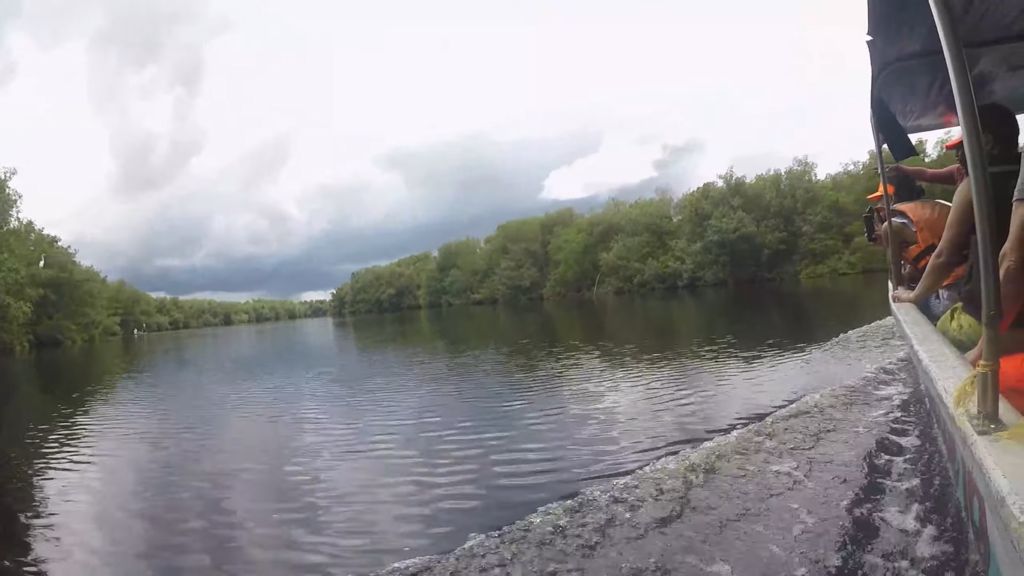SUMMARY
Based on an ecoregional planning exercise for the selection of priority conservation sites in the Colombian Caribbean and the qualification of ecological criteria, the ECOCEANOS Corporation identified Punta Commissioner on the coast of Colombia as a potential site for the establishment of a marine protected area (MPA). This area presents a mosaic of marine and coastal ecosystems that cover countless fish, planktonic, benthic communities and species that, together with the environment, constitute an area of high heterogeneity and unique biodiversity in the department of Sucre, Colombia. The purpose of this work was to design an MPA in agreement with the Zenú indigenous community that inhabit the coasts of San Onofre, based on the evaluation of ecological criteria, conservation objectives and proposed management; postulating a management category within the current National System of Protected Areas (SINAP). Therefore, based on secondary information and following The Nature Conservancy’s methodological scheme for “Five S Scheme” site planning, five coarsely filtered conservation objects (OCs) or habitats were identified: coral formations, phanerogam meadows, sandy beaches, rocky coastline and mangrove forests. White mangrove (Laguncularia racemosa), red mangrove (Rhizophora mangle), which are in danger of extinction, their presence is conditioned to high water tables and exchange of fresh and saline water, other species present are: Zaragoza (Conocarpus erecta), Smoke mangrove (Avicennia germinans). In the area we also find fish; such as sawfish (Pristis pectinata), tarpon (Megalops atlanticus), guasa grouper (Epinephelus itajara), which are critically endangered. A feasibility analysis was developed for each object finding the area in a good state of biodiversity health. The analysis of criteria, the feasibility and the definition of the management objectives of the area allowed to postulate the management category “National Natural Park” as the most appropriate for the area. On the other hand, from a systematized process and with the help of a decision support system (SSD) called MARXAN (University of Queensland), three intangible zones were identified with which the minimum protection of 30% coverage of each of the objects is guaranteed, as an initial contribution to the internal zoning of the MPA.
Key words: Marine Protected Areas, Gulf of Morrosquillo, Biodiversity, MARXAN, National Natural Park.




